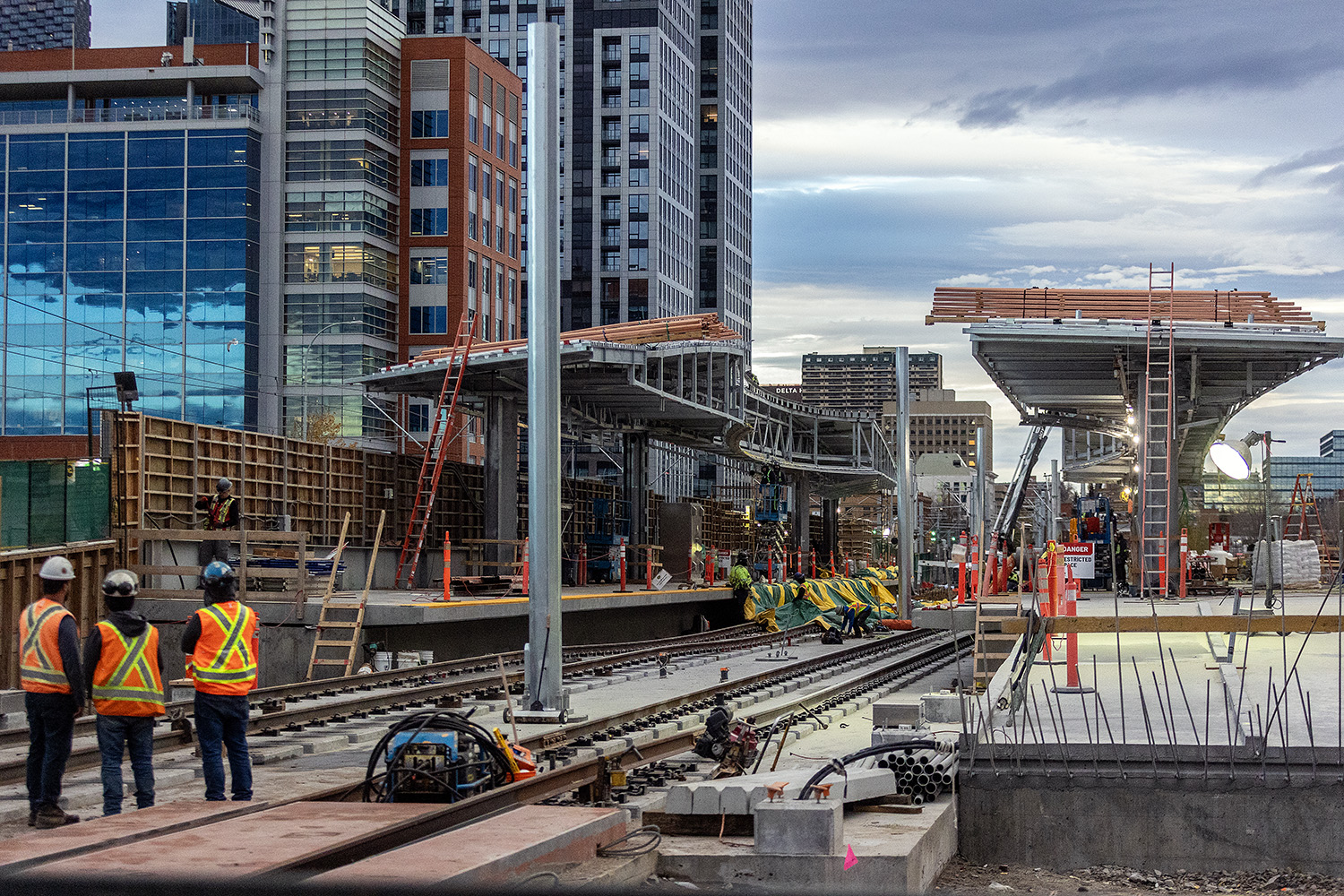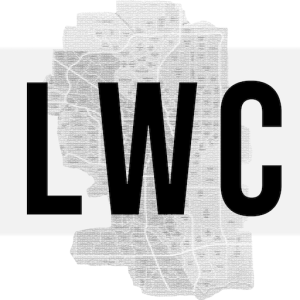This is great to see especially considering so many downtown workers are hybrid, or work from home completely these days. It would interesting to see where the travel patterns to/from are. If less people are working downtown, is the system trending away from being mainly a downtown commuter rail system, or more of a general rail system.Transit continues to post strong numbers, 21% increase over 2023 Q1 and a new all-time C-Train record, ~8.8 million boardings on the LRT in March 2024. Awesome to see.
https://newsroom.calgary.ca/record-breaking-ridership-marks-calgary-transits-success-in-q1-2024/
Also a question for those in the know. Do these numbers estimate those who are riding the free fare zone, as well as those who use the system without paying, or are these paid ticket numbers only?







